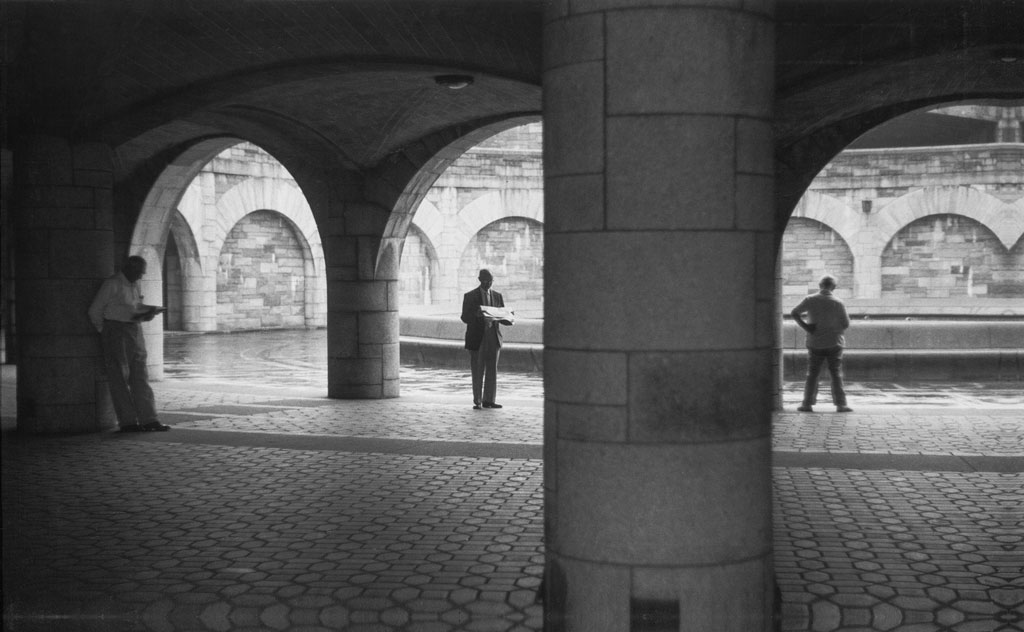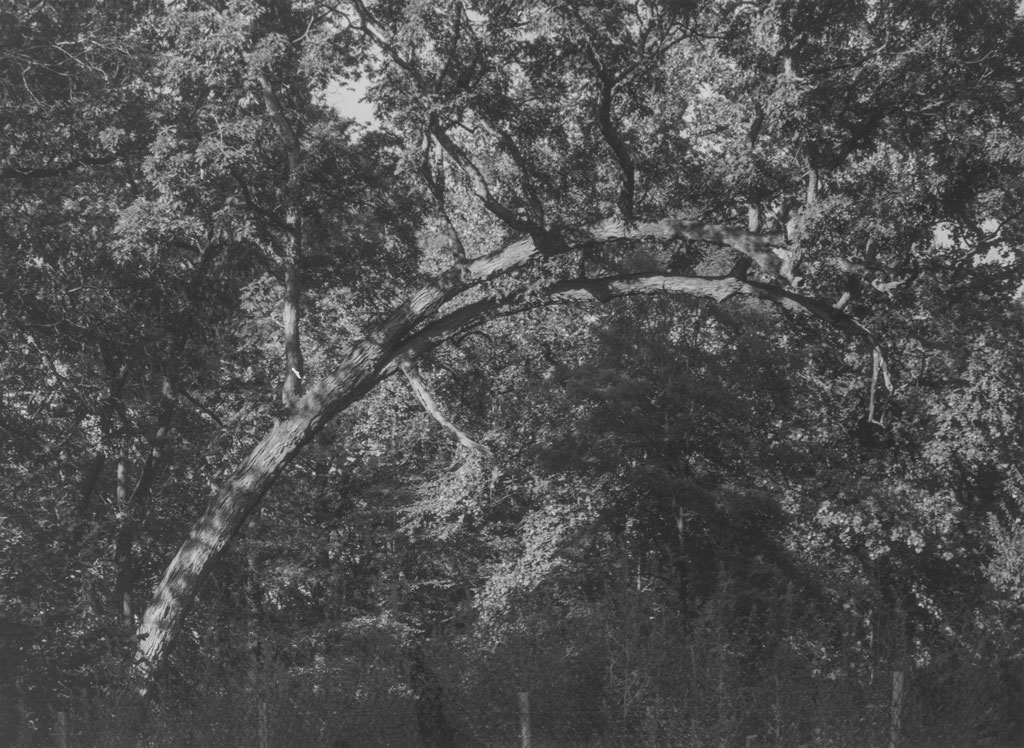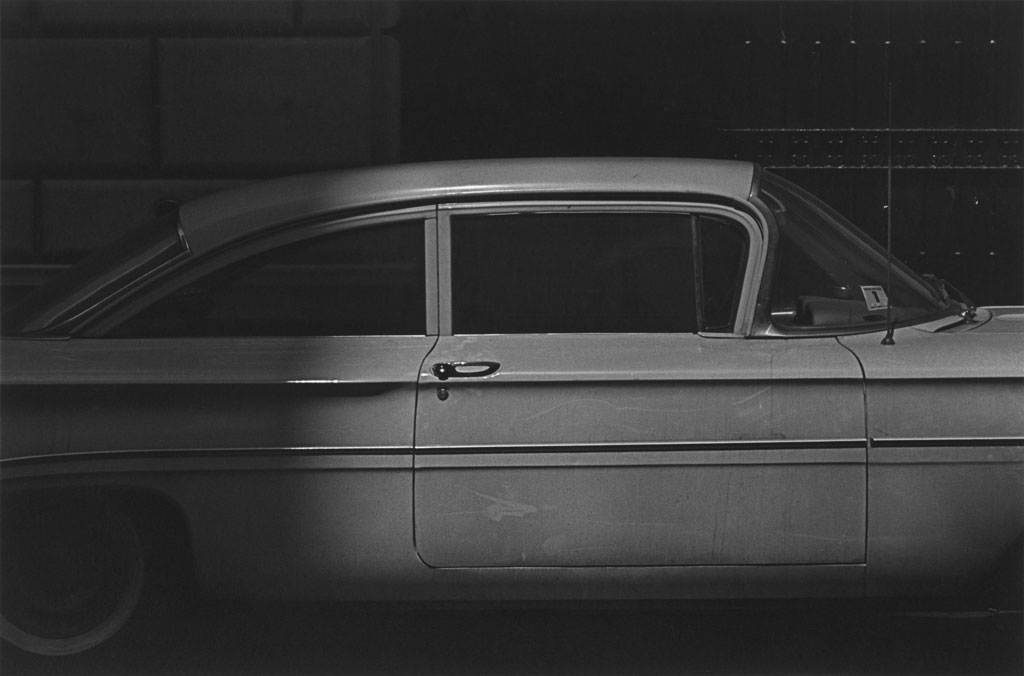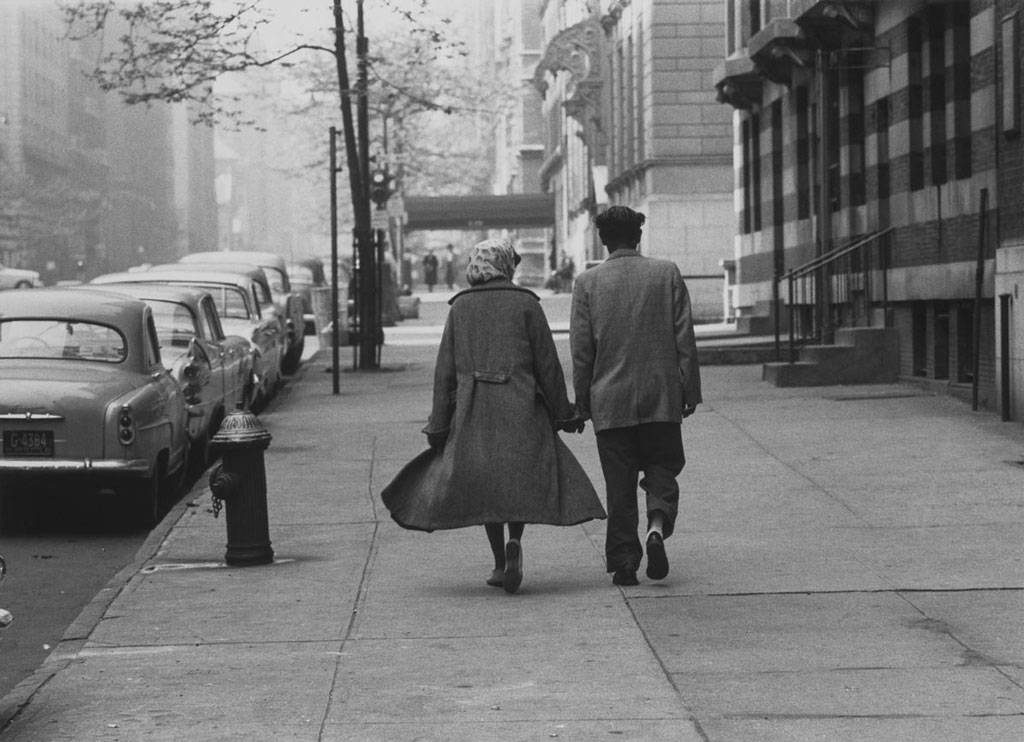PHOTO:Roy DeCarava-Light Break & The Sound I Saw
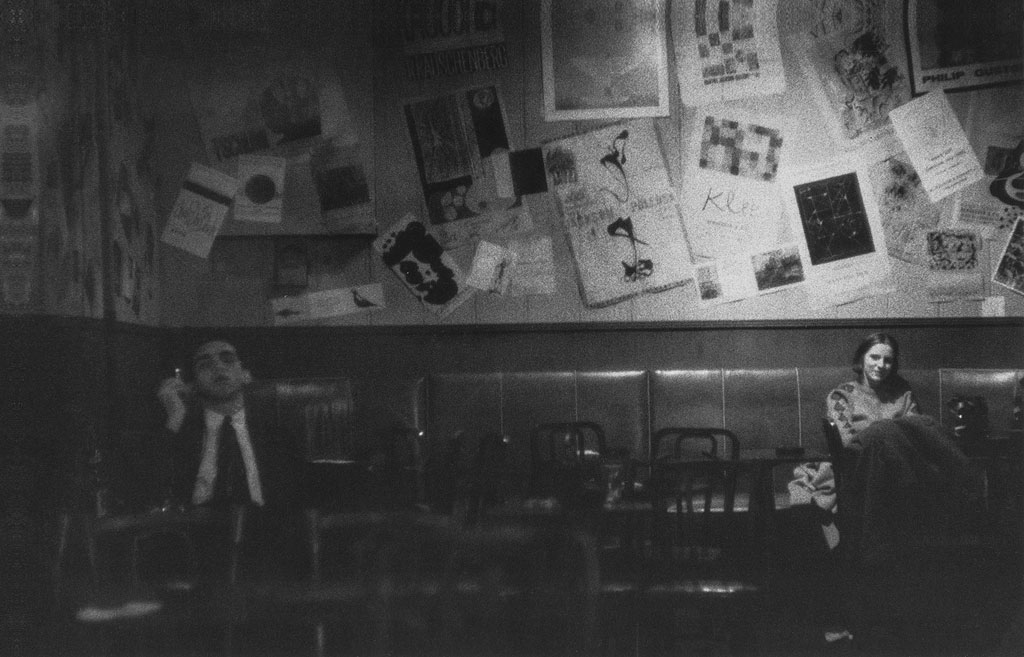 Born in New York City’s Harlem neighborhood, Roy DeCarava came of age during the Harlem Renaissance, when artistic activity and achievement among African Americans flourished across the literary, musical, dramatic, and visual arts. DeCarava did not take up photography until the late 1940s, after working in painting and making prints for the posters division of the Works Progress Administration (WPA).
Born in New York City’s Harlem neighborhood, Roy DeCarava came of age during the Harlem Renaissance, when artistic activity and achievement among African Americans flourished across the literary, musical, dramatic, and visual arts. DeCarava did not take up photography until the late 1940s, after working in painting and making prints for the posters division of the Works Progress Administration (WPA).
By Dimitris Lempesis
Photo: David Zwirner Gallery Archive
Roy DeCarava used his camera to produce striking studies of everyday black life in Harlem, capturing the varied textures of the neighborhood and the creative efflorescence of the Harlem Renaissance. Resisting explicit politicization, DeCarava used photography to counter what he described as “black people…not being portrayed in a serious and artistic way”. David Zwirner Gallery’s first presentation of Roy DeCarava’s work in concurrent exhibitions titled “Light Break” and “The sound I saw” shows the artist’s powerful, atmospheric practice both broadly, in his many photographs that “capture a moment of life,” and specifically in an extensive project focused on jazz musicians. “Light Break” features a dynamic survey and range of images that underscores DeCarava’s subtle mastery of tonal and spatial elements a wide array of subject matter. The pictures chosen from his archive, which spans a substantive sixty-two years in photography, also represent a decade of my looking at and reflecting on the increasingly spiritual arc of his oeuvre. He was dedicated to silver gelatin photography, with its unique capability for artistic expression and for its ability to carry an “infinite gray scale” to visual fruition. Some of these photographs are known, while others have never been seen publicly or published, even as the early and later years of his career are beginning now to yield to fuller exploration. DeCarava moved fluidly across subjects. DeCarava was especially taken with jazz. It was a part of his life in Harlem, where venues such as the Cotton Club, Lenox Lounge, and Apollo Theatre, saw the likes of Cab Calloway, Duke Ellington, Louis Armstrong, Billie Holiday, and Ella Fitzgerald, first make their mark. Turning his lens to music in the mid-to-late 1950s amidst a broader practice of capturing dignified, humane, artistic photographs of life in Harlem, DeCarava discretely photographed jazz musicians mid-set and offstage in clubs, recording studios, and private homes. Through this and his professional magazine work and album cover commissions, DeCarava created enduring images of jazz giants including Ornette Coleman, John Coltrane, Miles Davis, Duke Ellington, Louis Armstrong, and Billie Holiday. DeCarava took a particular interest in Coltrane in the early 1960s, attending his performances throughout the northeast whenever possible and producing several photographs of the increasingly famous saxophonist. MoMA curator Peter Galassi suggests this to be the result of the photographer’s regret at not photographing the legendary Charlie Parker before his passing—hoping to document the work of his heir apparent as he enthralled an audience with his music. In his series “The Sound I Saw” (begun in 1956, exhibited at The Studio Museum in Harlem in 1983, and published as a book in 2001), he not only chronicled New York jazz luminaries, but also captured their influence on visual culture. The deeply personal style of his portraits evinces his sympathy for his subjects. The photographs in this series portray not only the musicians playing and at rest, but also the surrounding environment and other facets of life. “I don’t feel it’s necessary to photograph them while playing. What I respond to is their commitment to what they do. The intensity that they bring to life at that moment…I worked with [John] Coltrane and [Eric] Dolphy the same way I work with everything. I respect what I’m looking at. I do not intrude. I stay back, and I wait until something happens. And then I take my picture, and then I wait again…. I know something is going to happen. I know that it’s beautiful. It’s just a question of my timing and my ability to be open enough to see what is there”. In DeCarava’s work, light carries aesthetic qualities while its graphic energies equally face the rendering of trenchant social truths. The creative interplay he fostered between illumination and obscurity allows the viewer’s consciousness to emerge and align. The resulting effect is not unlike the meditative sounding that awakens the senses and transfers imminent information calls to alert, to action, to contemplation. These pictures reflect Roy’s determination to manifest each image as he understood it was meant to be in that instant. His fascination with the medium opened an exploration of profundity in landscapes both urban and natural, external and interior. The exhibition generates a welcome moment, inviting audiences into the inner sanctum of the artist’s creative labor to find meaning in DeCarava’s steadfast transmutation of his world into places of subtle beauty.
Info: David Zwirner Gallery, 533 West 19th Street, New York & David Zwirner Gallery, 34 East 69th Street, New York, Duration: 5/9-26/10/19, Days & Hours: Tue-Sat 10:00-18:00, www.davidzwirner.com


